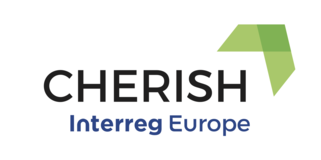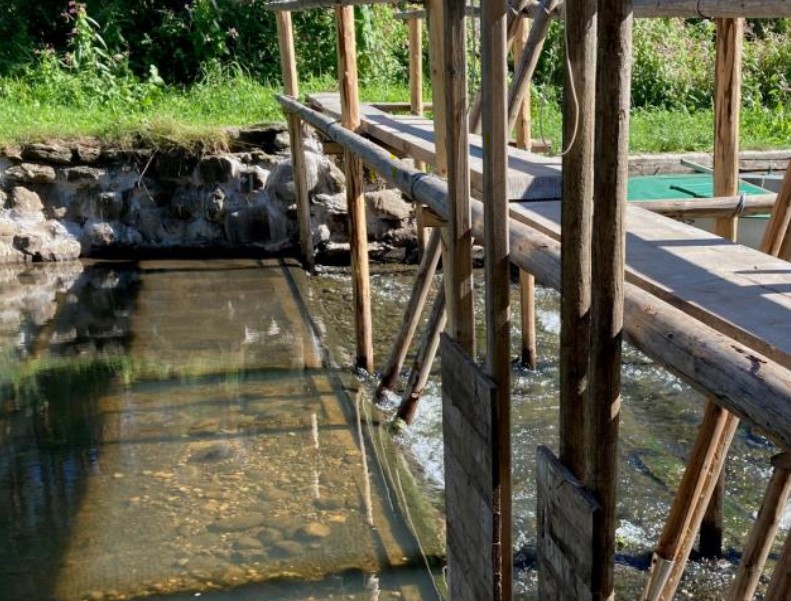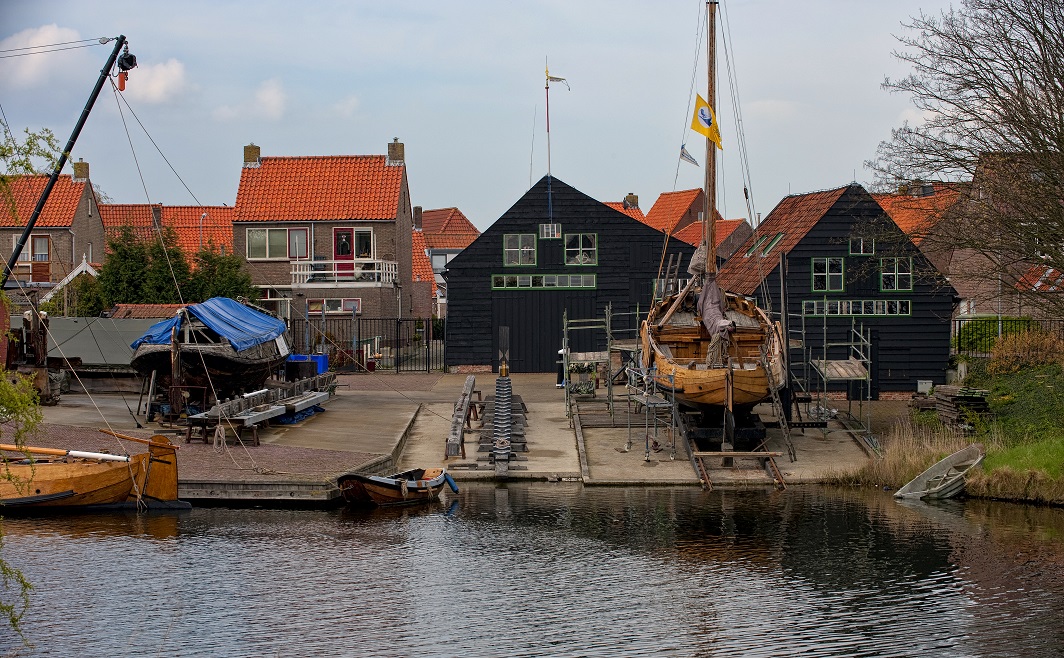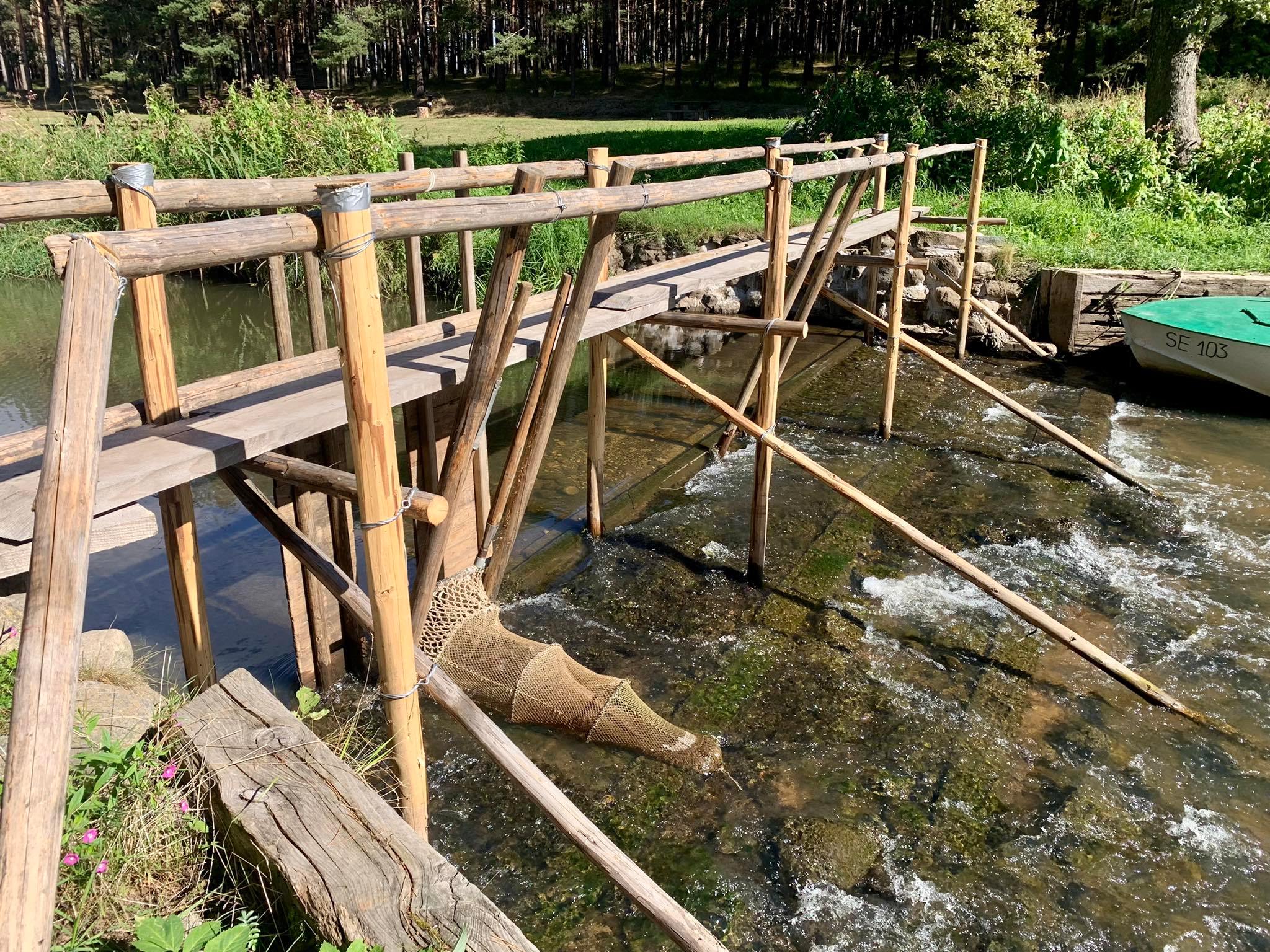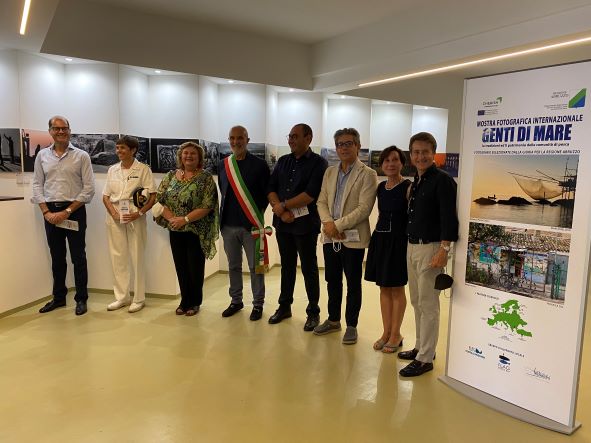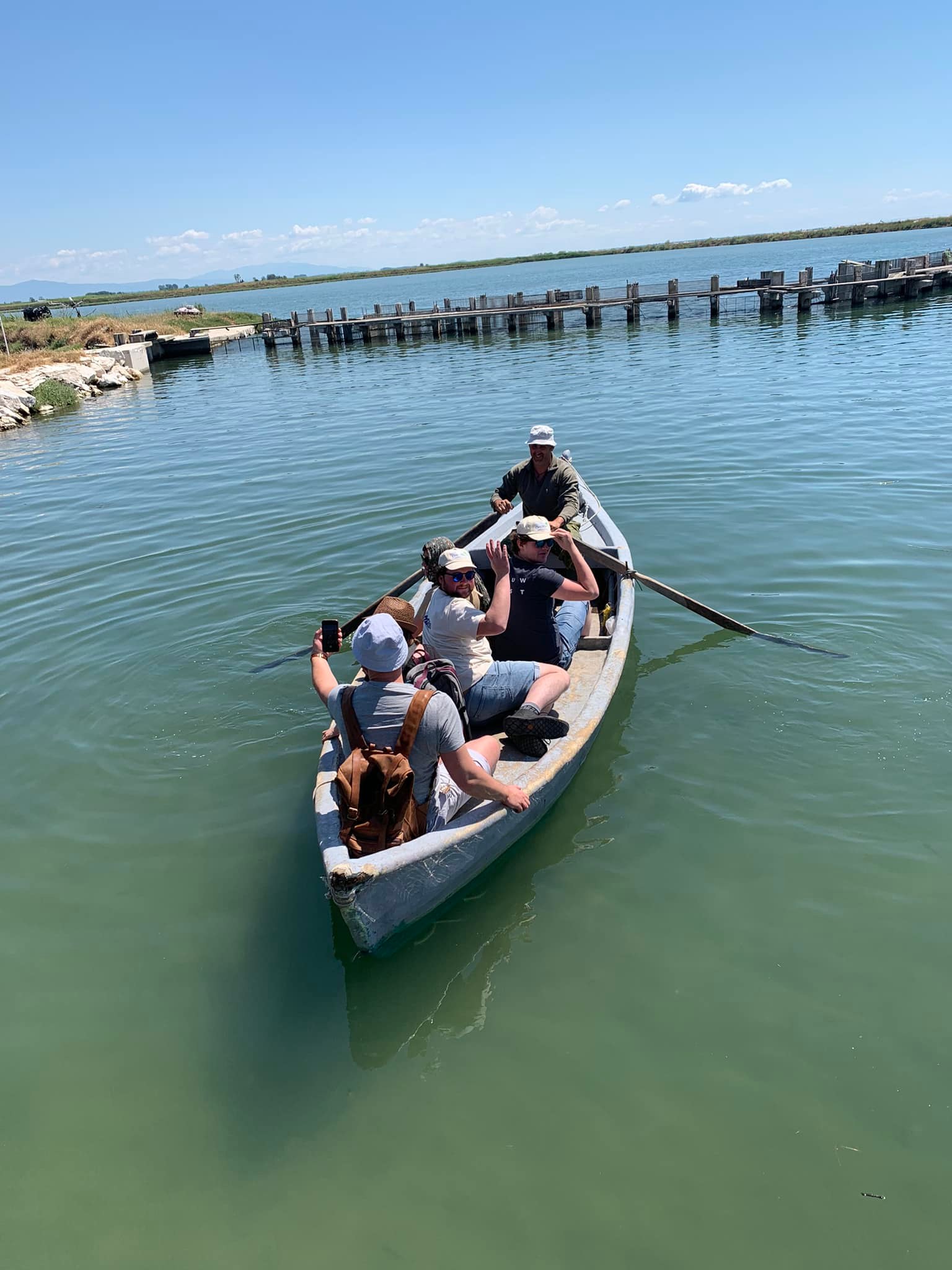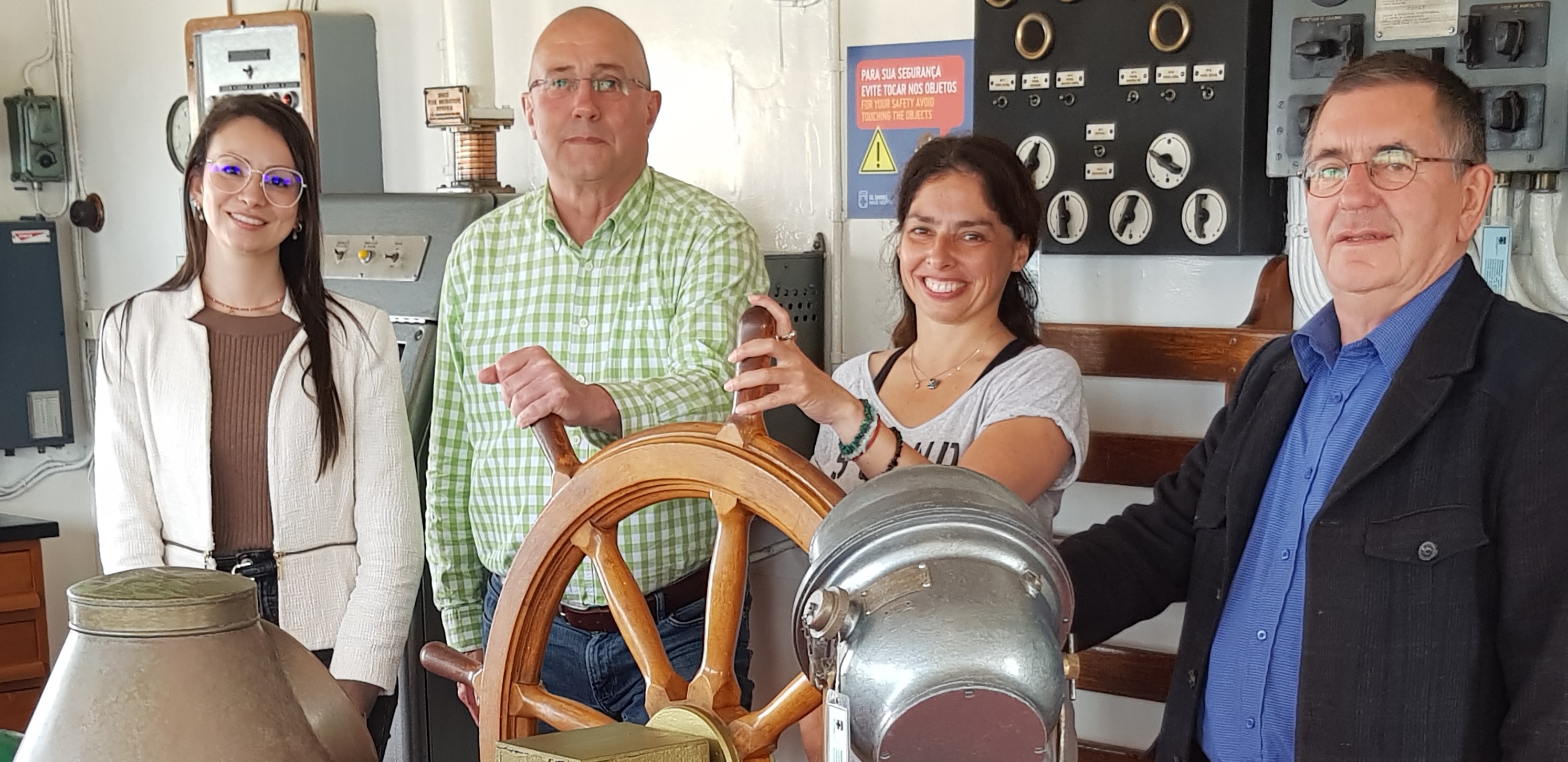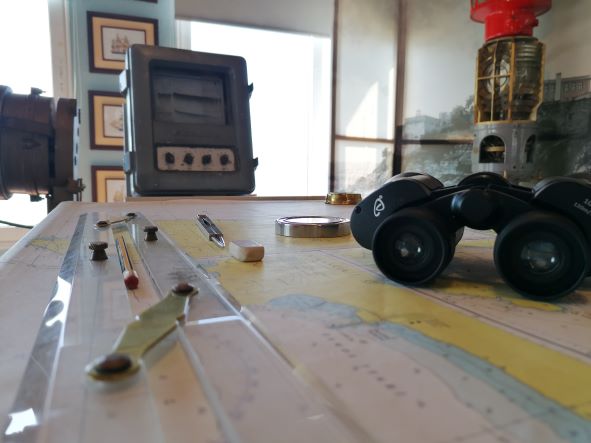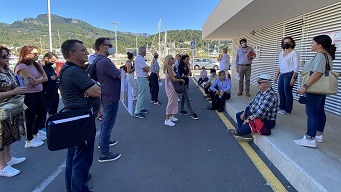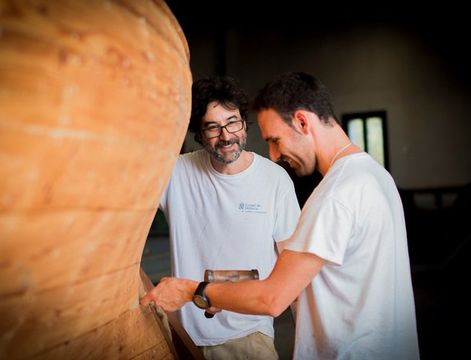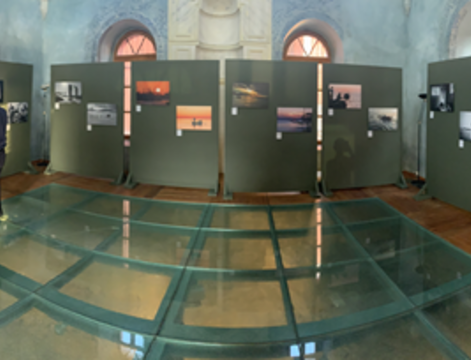The Latvian fishing communities have a long tradition and history, and thanks to the white sand beaches and the wooded dunes the coast of Riga has turned into a popular tourist and recreational destination. The beaches, ports and towns are easy to reach by train, car, public transport or by ferry, and the numerous international, national and local events continue to let people know about the places. However, protection of the cultural heritage of the fishing communities is closely linked and dependant on fishing economic activities, and the incomes from fishing are dwindling.
Fish stocks have been depleted, and hydroelectric plants have had a negative impact on fish resources as natural fish migration routes through the rivers have been interrupted. Nowadays, fishing is licensed and strictly controlled, and many of the older fishing techniques are prohibited. It has become hard for fishermen to generate enough income and this has put pressure on the existence of coastal fishing. It’s too expensive for small companies to keep up with the environmental requirements for their equipment, and since coastal fishing is no longer profitable and requires hard work, the younger generation is not interested in living and working on the coast.
Diversifying work related to the fishing industry
Unfortunately, the volume of visitors during the short summer period does not provide sufficient income for the rest of the year. The seasonality of tourism affects the sustainability of new jobs and businesses negatively. But there are ideas for developing new tourism products which will raise awareness about coastal fishing and the local traditions. Regional fish products can be promoted internationally, local traditions and cultural heritage can be showcased in thematic villages and by linking them to modern economic activities such as fishing tourism and gastronomy.
Stakeholders have noted that a bigger awareness of everyday life and work of fishermen among policy makers and the general public will help to make these ideas happen. And involving the fishermen in the process of developing the plans will help to close the gap that has been growing between decision-makers and them. In May, a TEK workshop took place in Riga, and these activities need to be organised in collaboration with old fishermen as they still know the crafts and techniques which are not only valuable as cultural heritage, but also in helping to maintain the sustainability of water bodies.
The Museum of Ainaži Naval School tells the history of seafaring knowledge being passed on from one generation onto another. Founded in 1864, it was the first naval school offering education to future captains and helmsmen free of charge. But the knowledge that was taught to these students is still relevant today. Living fishermen and their communities can take pride in their heritage and identity after learning about it. Young people can become interested again in a career linked to the fishing industry while at the same time wanting to promote the cultural heritage of the region, and preserving the natural environment.
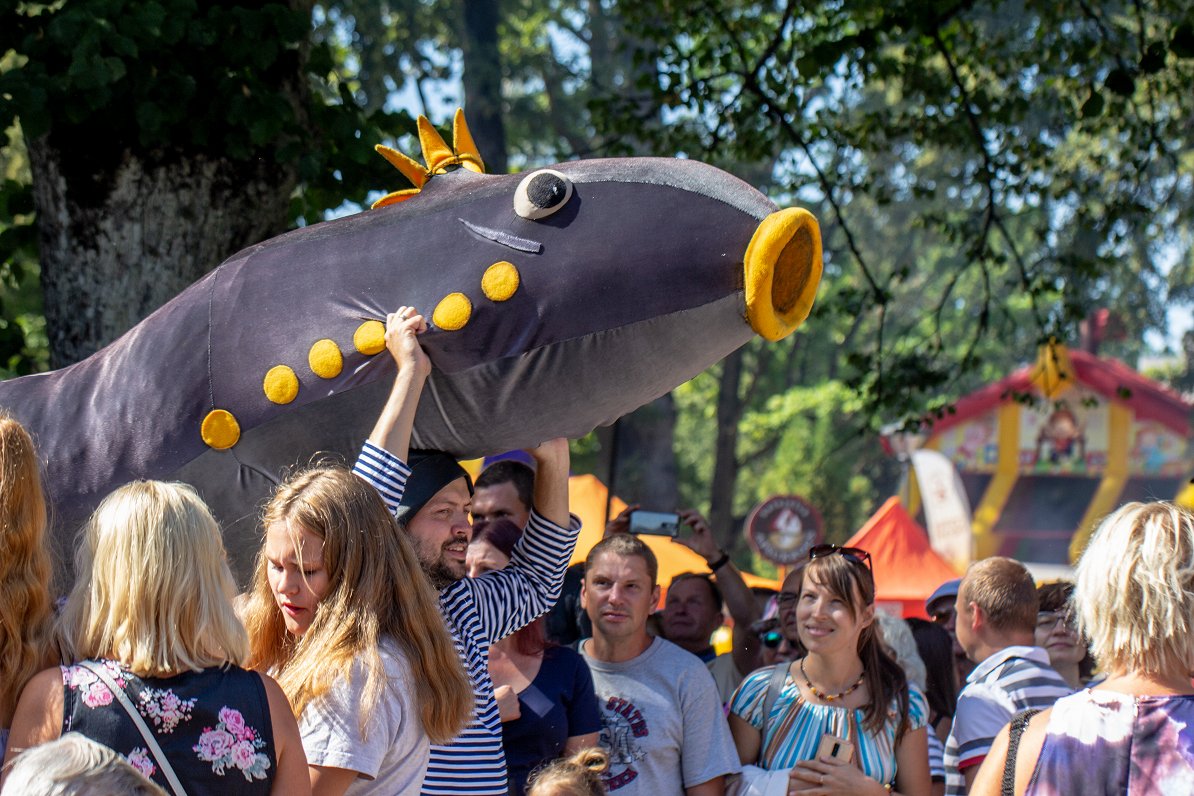
Good practices
A couple of good practices have been identified in the region, and for the duration of the CHERISH project partners continue to inspire each other with initiatives and projects in their own region. The Carnikavas Lamprey Festival is successful at showing locals and visitors the importance of lamprey catching and preparing, one of the highlights is the cooking of the lamprey soup in a 400-liter pot! And fish smoking by the small company Mauriņi-S Ltd. has received the cultural label of “Latvian Heritage” as the family company has been able to restore and maintain a skill which is based on a tradition spanning many generations. The latter shows how the cultural heritage of a fishing community can be linked to entrepreneurship without depending on the seasonal visits by tourists.
